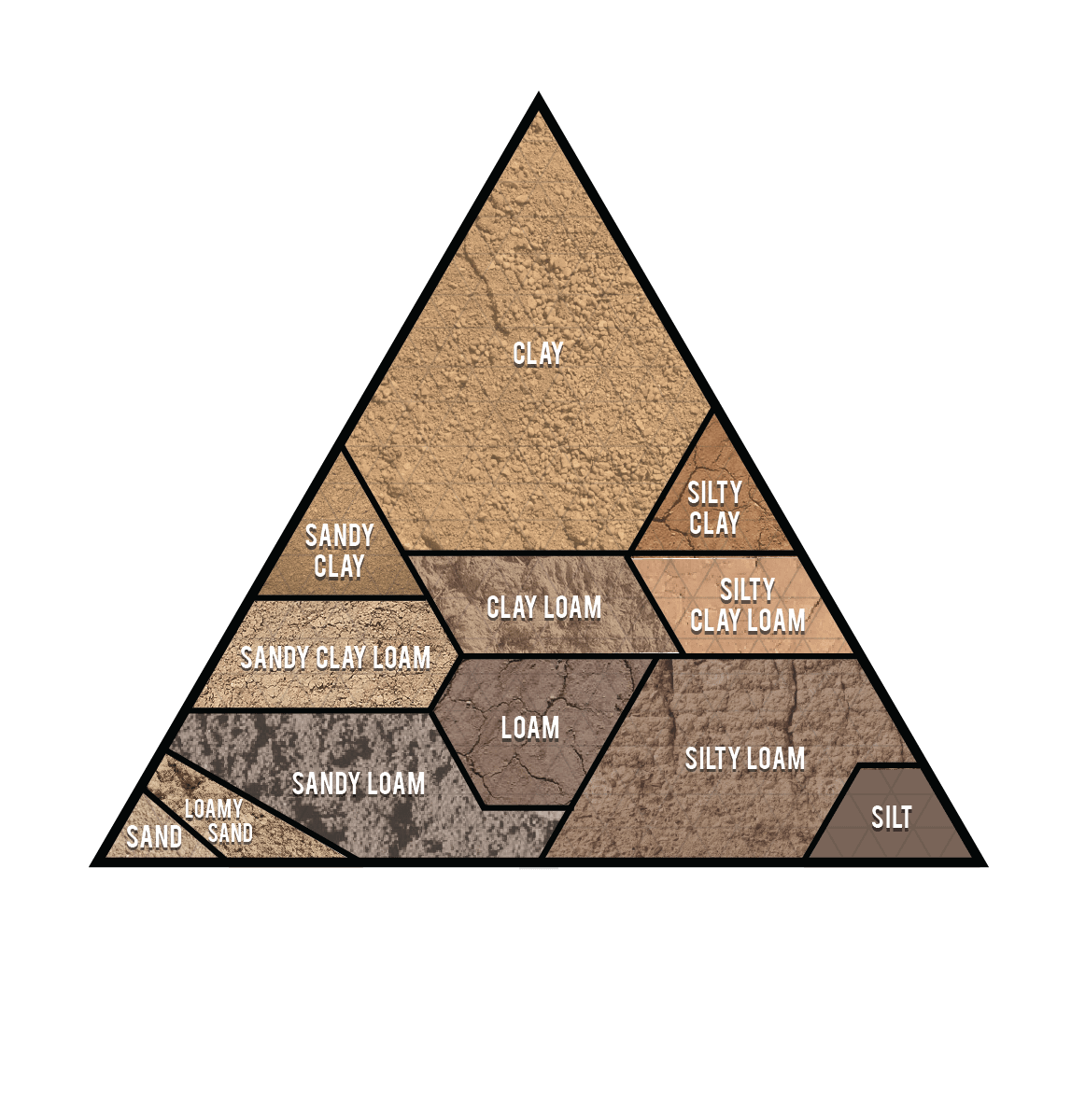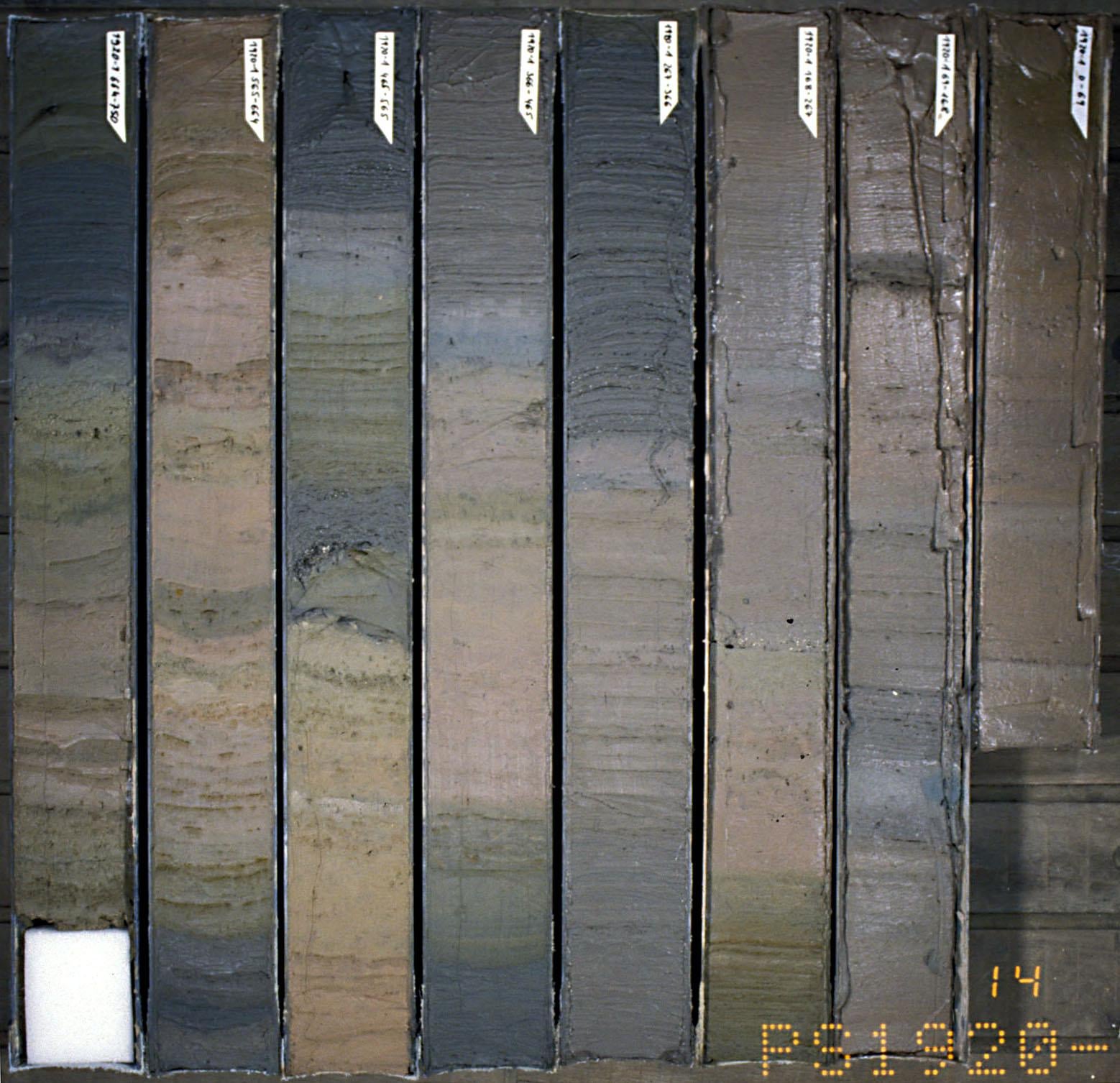this post was submitted on 25 Aug 2023
18 points (100.0% liked)
Soil Science
560 readers
1 users here now
Welcome to c/soilscience @ slrpunk.net!
A science based community to discuss and learn all things related to soils.

Notice Board
This is a work in progress, please don't mind the mess.
Subdisciplines of soil science include:
- Soil Taxonomy & mapping
- Soil Fertility & Organic Amendments
- Soil Chemistry & Remediation
- Soil Mineralogy
- Soil Physics
- Soil Biology
These subdisciplines are used by various other disciplines, particularly those related to reclamation, remediation, and agriculture.
Rules
- Don't throw mud. Be kind and remember the human.
- Keep it rooted (on topic).
- Please use a tag.
- No spam.
- Memes are welcome, but the focus of this community is science-based
Resources
Blogs
Careers
Chemistry
- Secondary and micronutrient availability by pH
- Secondary and micro nutrients availability by pH line graph
- Common Nutrient Deficiency Symptoms on Leaves Infographic
Classification
Maps & Datasets
Canada
- Canadian System of Soil Classificaiton
- 1982 Canadian Manual for Describing Soils in the Field
- Alberta Soil Quality Criteria Relative to Disturbance this one is widely used across Canada
- Best management practices for conservation of reclamation materials in the mineable oil sands region of Alberta - a good guide to basic reclamation and revegetation BMPs
Europe
- Agrifood Soilscapes (UK)
- Datasets from the BGS (UK)
- Datasets from the James Sutton Institute (UK)
- Scotland Environment Soil Maps
- Soil Atlas of Europe
- UK Geochemical Atlas
- UK Soil Observatory
United States
World
Soil Contamination:
- Cornell Guide to Testing Contaminated Soils
- CCME Soil Guidelines for Contaminants
- Wikipedia Lists of Hyperaccumulators for Bioremediation

Similar Communities
- !geology@lemmy.ca
- !geophysics@lemmy.ca
- !geologycareers@lemmy.ca
- !mining@lemmy.ca
- !openscience@lemmy.ml
- !reclamation@slrpnk.net
Sister Communities
Science and Research
Biology and Life Sciences
- !anthropology@mander.xyz
- !microbiology@mander.xyz
- !biodiversity@mander.xyz
- !palaeoecology@mander.xyz
- !palaeontology@mander.xyz
Plants and Gardening
Physical Sciences
Humanities and Social Sciences
- !archaeology@mander.xyz
- !cooking@mander.xyz
- !folklore@mander.xyz
- !history@mander.xyz
- !old_maps@mander.xyz
Memes
Find us on Reddit
founded 1 year ago
MODERATORS
you are viewing a single comment's thread
view the rest of the comments
view the rest of the comments
Regretfully, I'd say you're limited to raised beds. You simply don't know what's down there, and how extensive the likely contamination is. You can test for contaminants, but it's going to be pricey. Here's a list of parameters you'd need to test for and their guideline concentrations.
Metals and hydrocarbon testing can run between $50 to $200 per sample. you'd need to sample multiple intervals (depths) and locations to accurately delineate the contamination, or confirm the area for your proposed garden is safe. Not only is there the risk of the buried contaminants, but older (pre-1980s) urban areas are notorious for lead contamination.
Raised beds are great, because they offer you a good deal of control over your growth media. If you really know what you're doing you can create a media that's freely draining and not limited to your site's soil texture, and have a large pool of multi-fractioned organic matter to support your plants. Lots of permacultureists (though i don't like those people) use raised beds to pretty good effect. On top of all that, they're modular. Here is an example cross section, though they've heaped it
The phyotoremdiation thing is feasible, but it's usually just tied to one or two metal types, takes a while, and you have to dispose of the now-contaminated biomass.
Yeah, structural soil (I'm assuming fill, is what you're talking about) with organic amendments is a good way to go too. They do that a lot on mines, since mines usually have dogshit soils, or a shortage of soil.
I suggested the modified hugelkulture (fuck I hate permie nomenclature) since you can use similar methods inside a raised bed box to craft your medium. The reason they have such a checkered history though is because people don't know enough about amendments, and often opt for primarily wood based amendments. Wood has mega high C:N ratios so their constructed soil systems end up nitrogen depleted really quickly depending on the particle size of the wood. Sidebar: never use sawdust.
Your definition of fill is accurate, but it's me who is being obtuse.
What I mean to say, is subsoil (B or C horizon) and then improving that with amendments. You wouldn't want compacted stuff though. In mining they use overburden (C horizon below 1 m) and amend it. They will also use suitable tailings sand or waste rock.
What you described as structural soil is very similar to the composition of waste rock, though waste rock is not as well sorted. Generally it's in the medium to coarse gravel range.
The issue with high amounts of coarse fragments is that it tends to limit water holding capacity. However, I've seen reclamation (first hand) where they rough mounded (created a micro-hummocky landscape) that supported 10 years of tree growth.
Honestly, you probably know more about urban soils and gardening than I do. There's a bunch of weird shit that's been done in that sphere like Silva cells (I think that's what they are called).
You're right about the warring though lmao. Funny how we have our own very different frames of reference, and mine causes me to over look something simple like that.